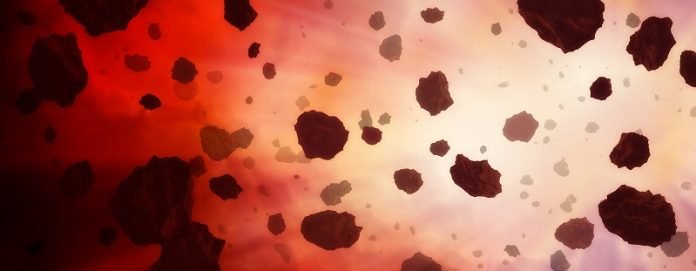
A group of scientists from the University of Tokyo have discovered a connection between the variable intensity of stars called asymptotic giant branch (AGB) stars and the amount of interstellar dust they produce.
These stars, which are slightly larger and older than our sun, are known to be the main producers of interstellar dust.
The scientists used data from two space telescopes, AKARI and WISE, which can observe infrared light.
This discovery could help us understand the origins of life on Earth because the dust produced by AGB stars is important in forming planets.
Interstellar dust is not the same as the dust that accumulates in your home. It is made up of heavy elements that disperse from stars and can form solid objects like planets. AGB stars produce a lot of this interstellar dust, but it is not known what causes them to do so.
The team of scientists found that the light from dusty AGB stars varies over a long period of time and that the amount of dust around these stars also changes with their brightness.
This means that there is a connection between the variable intensity of these stars and the amount of dust they produce.
However, this discovery is just the beginning of the investigation. Scientists now want to understand the physical mechanisms behind the production of dust. They plan to monitor various AGB stars for many years and continue to gain more data.
This study was made possible by the use of two space telescopes that can observe infrared light. These telescopes allowed scientists to conduct longer-period surveys and see how things change over time.
The University of Tokyo is also building a ground-based telescope called the University of Tokyo Atacama Observatory in Chile that will be dedicated to observing infrared light.
Understanding the role of AGB stars in producing interstellar dust is important because it could help us understand how our own planet was formed.
The next steps in this investigation will provide more insight into the physical mechanisms driving the production of interstellar dust.



